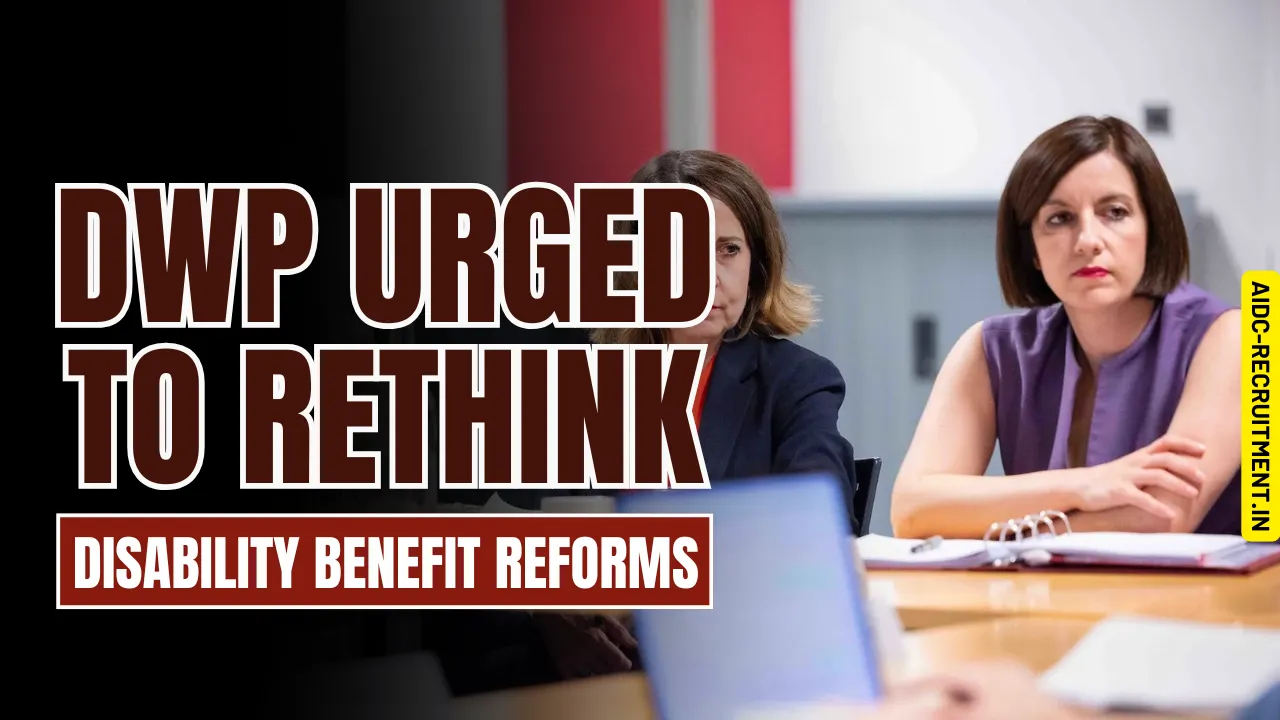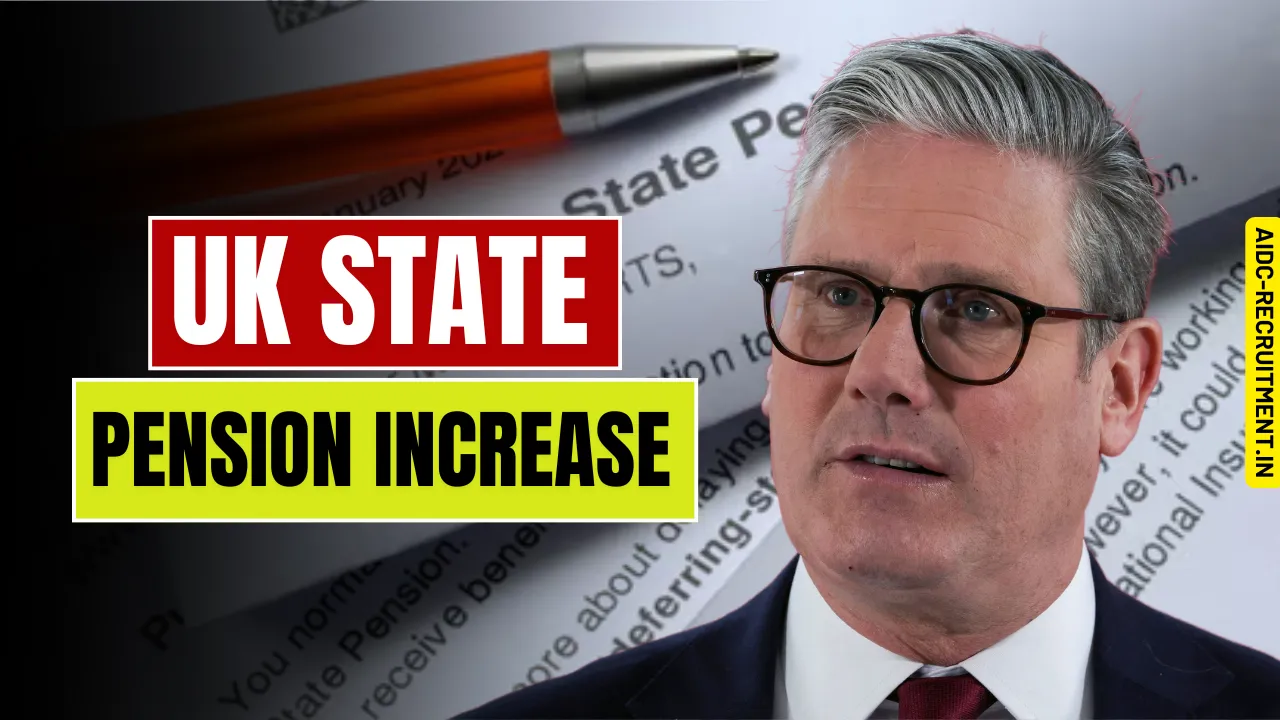Disability Benefit Reforms: The Disability Benefit Reforms proposed by the Department for Work and Pensions (DWP) have come under fire following a groundbreaking High Court decision. The court found that the consultation process behind the reforms was both “misleading and unfair,” raising significant concerns about how policy decisions affecting vulnerable groups are made. This decision is a landmark victory for disability rights activists, who argue that these reforms could severely harm the financial security of those reliant on disability benefits.
This article delves into the High Court’s findings, the specifics of the proposed reforms, and the wide-reaching implications for disabled individuals and policymakers. We’ll also explore the reactions from campaigners, the challenges for the Labour government, and the next steps in revising these controversial policies.
DWP Urged to Rethink Disability Benefit
| Issue | Details |
| High Court Ruling | Declared DWP’s consultation process “misleading and unfair.” |
| Key Failures | Misleading proposals, insufficient consultation period, lack of clarity about consequences. |
| At-Risk Claimants | 424,000 disabled individuals facing potential loss of up to £416.19 per month. |
| Savings Target | £3 billion by moving 400,000 claimants into work-related activities by 2028/29. |
| Activists’ Response | Calling for the reforms to be abandoned in favor of fairer policies. |
| Next Steps | A revised consultation process addressing the court’s concerns. |
The High Court’s Verdict
The High Court ruling has exposed deep flaws in how the DWP approached its consultation process for the Disability Benefit Reforms. The court’s judgment was based on several critical failings:
- Misleading Presentation of Reforms: The government did not clearly communicate that the changes would drastically reduce benefits for many claimants, with some losing up to £416.19 monthly.
- Unreasonably Short Consultation Period: The consultation lasted only eight weeks, which the court deemed insufficient for collecting meaningful feedback on such significant reforms.
- Failure to Explain Consequences: The proposed shift from voluntary to mandatory work-related activities was inadequately explained, leaving many claimants unaware of the potential financial impact.
The judgment has been praised by campaigners as a necessary check on the government’s accountability in creating policies that affect society’s most vulnerable members.
Proposed Changes to Disability Benefits
The proposed reforms focused on tightening eligibility for long-term disability benefits, with a goal of moving 400,000 claimants into work-related activities by 2028/29. These measures were part of a broader plan to reduce the benefits bill by £3 billion.
Key components of the reforms included:
- Stricter Eligibility Criteria: Many claimants would need to prove their ability to work-related activities, even if they had significant disabilities.
- Mandatory Work-Related Activities: Voluntary activities would be replaced with compulsory participation in programs designed to prepare individuals for employment.
- Reduced Financial Support: Claimants who failed to meet the new criteria could face significant cuts in their benefits, putting their financial security at risk.
While the government framed these reforms as a means of promoting self-sufficiency, critics argue that they prioritized cost-cutting over meaningful support for disabled individuals.
Impact on Vulnerable Populations
The potential consequences of these reforms were severe. Internal estimates suggested that:
- 424,000 claimants faced reductions in their monthly benefits, with some losing as much as £416.19.
- 100,000 highly vulnerable individuals could be pushed into absolute poverty by 2026/27.
- Many claimants would struggle to meet the demands of compulsory work-related activities due to the nature of their disabilities.
These figures highlight the urgent need for policymakers to prioritize the well-being of disabled individuals over fiscal savings.
Campaigners’ Reactions
Disability rights groups have celebrated the High Court ruling as a victory for fairness and transparency.
- Ellen Clifford, a leading activist, called the judgment a “life or death issue” for many claimants. She emphasized the need to prioritize policies that protect disabled individuals rather than jeopardizing their financial stability.
- Advocacy organizations such as Disabled People Against Cuts and Scope have urged the government to abandon the proposed changes entirely and work toward more inclusive and supportive reforms.
- The Public Law Project, which provided legal representation for campaigners, called for meaningful engagement with disabled individuals and advocacy groups in future consultations.
Campaigners are now watching closely to ensure that the revised consultation process addresses these concerns and avoids repeating past mistakes.
Challenges for the Labour Government
The High Court ruling also poses challenges for the Labour government, which had previously expressed support for the reforms.
In October 2024, Shadow Chancellor Rachel Reeves reaffirmed Labour’s commitment to implementing the proposed changes to achieve the £3 billion savings target. However, disability rights groups have criticized Labour for continuing to endorse reforms they view as harmful and unjust.
Linda Burnip of Disabled People Against Cuts urged Labour to approach the upcoming consultation process with greater transparency and fairness. She warned against adopting the “disingenuous” tactics used by the previous government, calling for genuine engagement with disabled communities.
Labour now faces the difficult task of balancing fiscal responsibility with its commitment to social justice and equality.
Broader Implications of the Ruling
The High Court’s decision sends a powerful message about the importance of fairness and accountability in policymaking. Key takeaways include:
- Transparency Is Essential: Policymakers must clearly communicate the potential impacts of reforms, especially those affecting vulnerable populations.
- Meaningful Consultation Matters: Gathering input from stakeholders, advocacy groups, and affected individuals is crucial for creating effective and equitable policies.
- Balancing Budgets vs. Protecting Rights: While cost-saving measures are important, they should not come at the expense of the most vulnerable members of society.
The ruling underscores the need for a more compassionate and inclusive approach to welfare reform, one that prioritizes the dignity and security of disabled individuals.
Next Steps for the DWP
In response to the High Court ruling, the DWP has committed to launching a revised consultation process that addresses the court’s concerns. This process will aim to:
- Engage meaningfully with disabled individuals, advocacy groups, and other stakeholders.
- Provide clearer and more detailed information about the proposed reforms and their potential impacts.
- Ensure that sufficient time is allocated for public feedback and evidence gathering.
A government spokesperson has acknowledged the shortcomings of the initial consultation and pledged to balance fiscal sustainability with the need to support individuals transitioning into employment.
Campaigners remain vigilant, emphasizing that any future reforms must prioritize the rights and well-being of disabled individuals over cost-cutting measures.
FAQs
Why did the High Court rule the DWP consultation unlawful?
The court found the process misleading, too short, and lacking clarity about the reforms’ consequences.
What were the proposed changes to disability benefits?
The reforms aimed to tighten eligibility criteria, replace voluntary activities with mandatory work-related programs, and reduce financial support for many claimants.
How many claimants were at risk of losing benefits?
Approximately 424,000 individuals faced reductions in their monthly benefits, with some losing up to £416.19.
What was the government’s savings target?
The reforms sought to reduce the benefits bill by £3 billion by 2028/29.
What is the Labour government’s position on the reforms?
Labour supports the reforms but must now revise the consultation process to address the High Court’s criticisms.
Conclusion
The High Court’s ruling against the Disability Benefit Reforms is a victory for fairness, transparency, and the rights of disabled individuals. As the DWP revisits its consultation process, it has a responsibility to engage meaningfully with stakeholders and prioritize policies that support, rather than harm, society’s most vulnerable members.
Your voice matters—share your thoughts on this issue in the comments below and explore related articles to stay informed about ongoing developments in disability rights and welfare reform.











